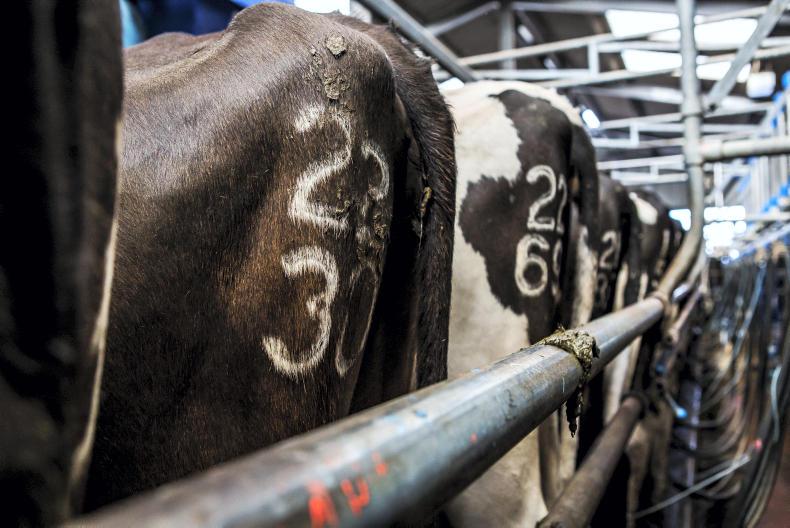Statistics published by DAERA show fertiliser deliveries fell by 12% last year, whereas sales of concentrates rose by 1.5% which equates to an extra 39,000 tonnes of animal feed.
Poultry was a key driver behind increased feed sales last year, with the 7% rise in feed deliveries within the sector equating to an extra 59,000t.
The rise in poultry feed is due to a rebound in bird numbers in 2023 after avian influenza and a temporary processing scale-back by Moy Park led to a reduction in numbers the previous year.
The opposite happened in the pig sector where a reduction in total pig numbers in 2023 led to feed deliveries declining by 22,000t.
Sales of cattle feed were relatively steady in 2023 as dairy compounds and blends rose by 19,600t, but beef concentrates fell 20,100t. In the sheep sector, deliveries were up 2,900t.
Total feed delivered onto farms stood at 2.65mt last year – it is the highest figure in DAERA’s dataset which goes back to 2008.
Cattle are responsible for 52% of the NI feed trade by volume. Dairy compounds and blends make up 65% of all cattle feed, beef compounds and blends equate to 28%, and the remainder is deemed other cattle feed, such as calf compounds.
Poultry are responsible for 34% of total feed deliveries in NI, pigs are on 8.7%, sheep concentrates make up 2.5% of the local trade and 2.8% is categorised as “other feed”.
Overall, animal feed volumes in NI have been on an upward trend over past 15 years. Total feed deliveries in NI were 37% higher last year than in 2008, equating to an extra 714,000t being delivered to farms.
Comparing 2023 to 2008 across different livestock sectors, cattle feed is up 337,000t, poultry feed deliveries are 279,000t higher and pig feed is up by 114,000t.
Fertiliser
A different trend has emerged in the fertiliser trade, where NI farmers have been cutting back on the volume of product purchased in recent years.
In particular, the 12% drop in fertiliser deliveries last year is notable given that prices were well down from record highs seen the year before and continued to fall during the summer.
The 220,200t of fertiliser delivered to NI farms last year is an all-time low and 30% lower than 2021 levels and a 36% reduction from 2020.
Fertiliser sales in recent years differ sharply from the 1980s and 1990s when total deliveries surpassed the 400,000t mark most years.
A record high was seen in 1995 when 529,000t of fertiliser were sold in NI.
Analysis of the different fertiliser products used last year shows that compounds and blends made up 47% of total deliveries.






 This is a subscriber-only article
This is a subscriber-only article









SHARING OPTIONS: